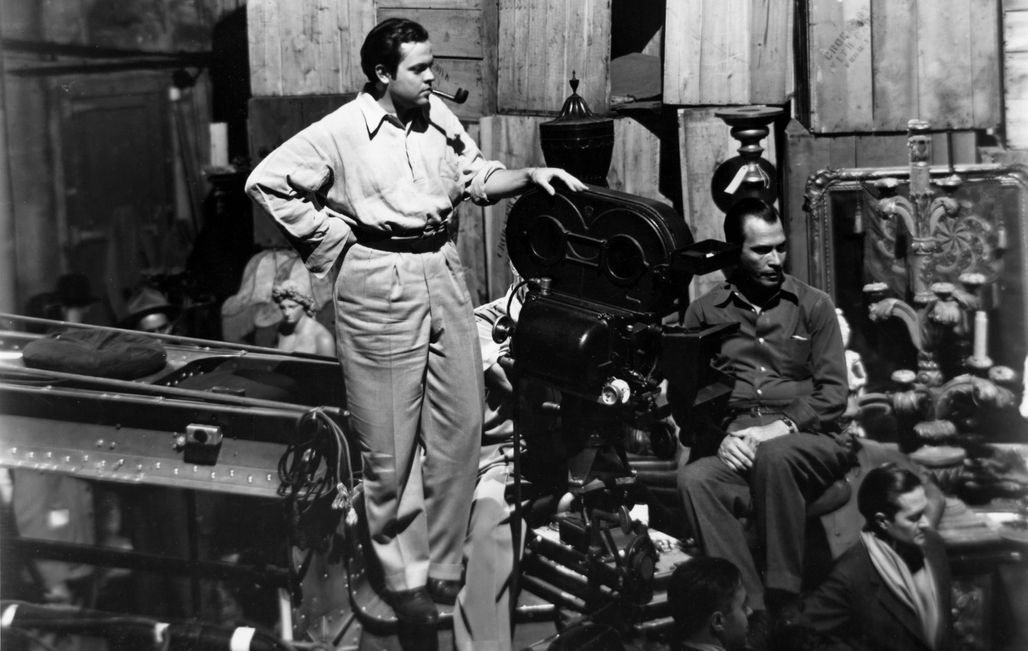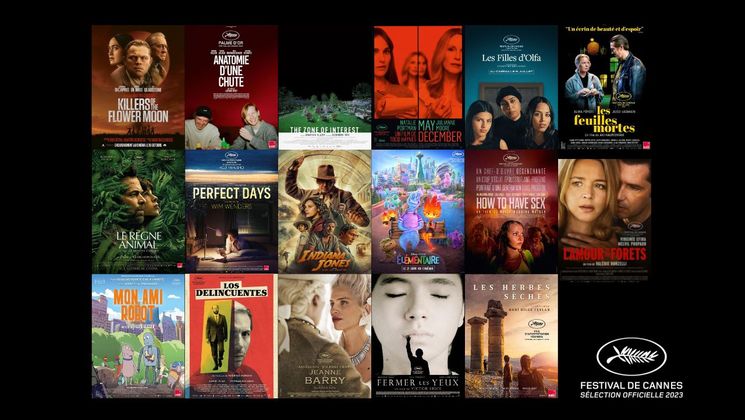
Orson Welles as seen by Mark Cousins

The British director Mark Cousins paints an original portrait of Orson Welles through a hundred of the filmmaker's unknown works. Narrated like a long letter addressed to the director of Citizen Kane, Les yeux d’Orson Welles (The Eyes of Orson Welles) reveals the creative power of one of the great visual thinkers of the film world.
What place did Orson Welles occupy in your world of film before making this documentary?
Like many cinephiles, I've long admired Orson Welles from a distance. As a boy I saw Touch of Evil on TV, and it drew me in like a tractor beam. Welles was the Baroque cinema genius. Its Michelangelo. A few years earlier, long after he died, I'd written a lengthy letter to Welles, imagining travelling the world with him. My hunch was that it would be hard to say anything new about Welles, that he was already in the Pantheon.
How did you finally discover that there were secrets to dig out?
At Michael Moore's Traverse City Film Festival, I met Welles' daughter Beatrice. We hit it off and she made me laugh. She mentioned that there were hundreds of drawings, sketches and paintings by Welles and asked if I would be interested in making a film about them. Hearing about the art works, and some of the stories behind them from Beatrice, made me think that maybe I could do a film on them. So I went to America, to Beatrice Welles ' house. I took my camera and filmed some of the art.
What does the art reveal about the man he was?
The biggest thing I learnt in this process is the unstoppable energy of the man. I never met Welles of course, but you can see the energy in the rapidity of his lines. This is firecracker art. Those who knew him could say better than I could, but I get the impression that Welles was a genuine firework. His energy has fueled mine. His art had vitality and humour. And visual thinking. I'd long had an idea for a structure for a film based an chess pieces – pawn, knight, king – and I realised at once that a film on Welles could use that structure.
You speak directly to Welles in the film, and in a very poetic way…
The biggest challenge in any film, I think, is to avoid banality. People often think that documentary is just factual, that it's mere reportage or social cinema. It does often contain these elements, but of course it has a form too. The filmmaker still has to ask the basic questions: what is the world of the story? Who is telling it, from where, and how? I chose the vocative mode – speaking to Welles directly – to create, or rather require, intimacy. It's the filmmaking equivalent of eye contact. A bit unsettling perhaps, but, if it works, it's engaging and even poetic. I wanted to avoid the objective male, authoritative "voice of God" approach, so I didn't write the film like a lecture. It's "vous", not "il". This means that I'm not saying "I know best." It's more like eavesdropping, like drinking in a late night bar.
How did you prepare the film?
I went to the places Welles liked, or loved. I wanted to see what he loved, and where, and feel why, and discover how much those places had changed. America, Spain, Italy, Morocco, Ireland, etc. Part of this is trying to see through his eyes, to look at things he looked at – landscapes, cityscapes, hotel rooms, art works, etc. Another reason for going on these filming trips is that they are like pilgrimages. They give you thinking time. They get your brain going. They stoke the fires of your visual imagination.
Can you say a word about the editing process?
I've worked with the same editor – Timo Langer – on all 12 of my feature length films. As I often do, I made a picturebook of images, then scribbled script ideas on them. As we edited, we were surrounded by photocopies of Welles' artworks, sorted according to the structure of the film. Each morning from 8 am until 9:30 am, I'd write the script for that day's images, then Timo would edit them.
Your work on sound is very original…
The sound was complicated. As usual, I shot mostly silent. I love the visual freedom of that. But it meant that sound designer Ali Murray had a lot to do. I asked him to imagine what the drawing processes sounded like, and how the scratchy pen and ink was different from the soft sound of a big brush on watercolour paper.
A last word?
I feel very lucky to have dived into the world of Welles. It's a place of great breadth. My new book, The Story of Looking, is about the role looking plays in life. It played a massive part in the life of a certain Orson Welles, one of the greatest visual thinkers of the 20th century.


